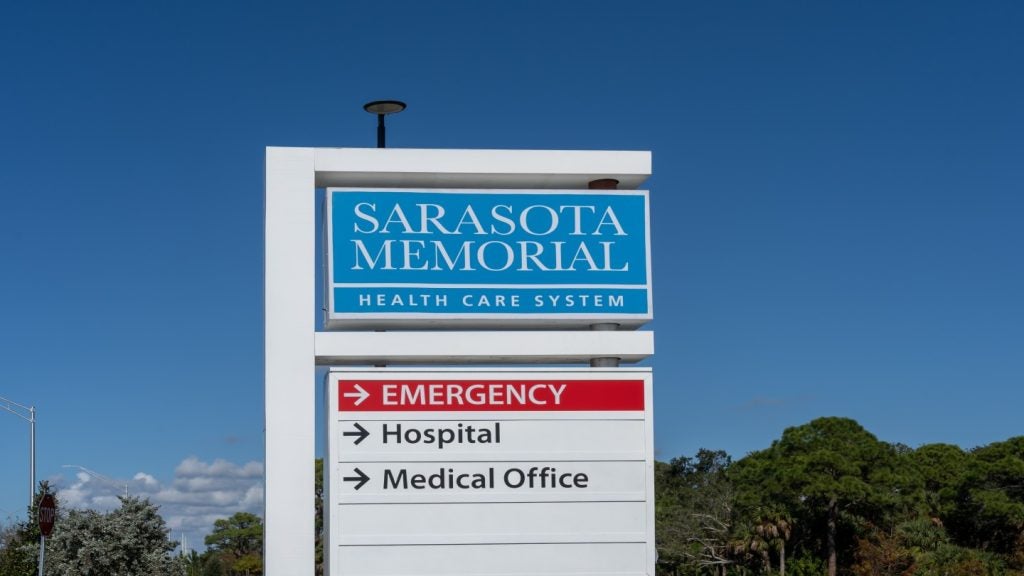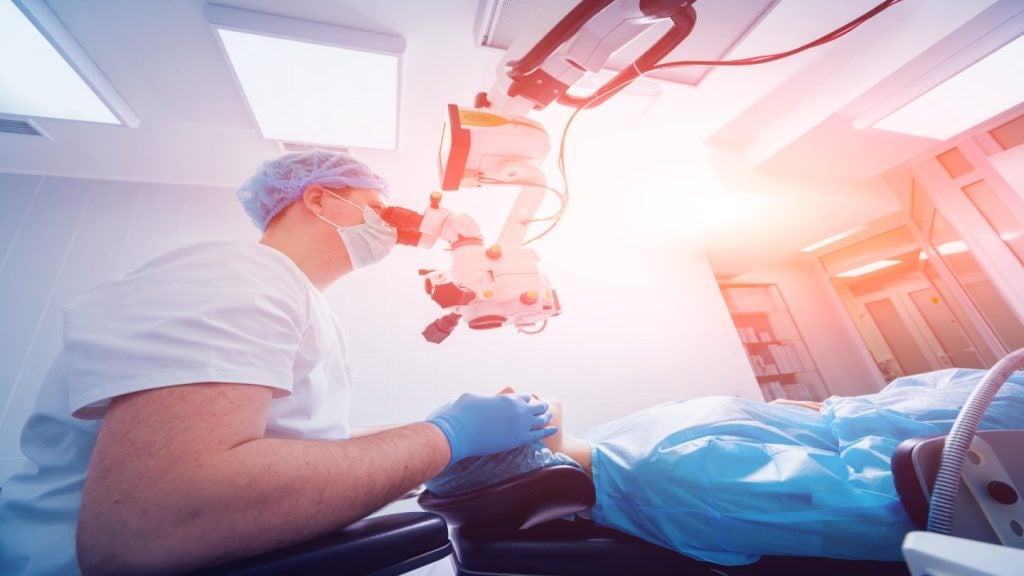The proliferation of HIV and Hepatitis B and C has made sharp injury prevention an increasingly prominent issue. Since the introduction of safety devices and awareness initiatives into hospitals, incident rates across the healthcare complex have dropped dramatically. The notable exception to this trend is the surgical sector, where one-third of all sharp-injuries now occur.
Brad Poulos is the executive director of the National Alliance for the Primary Prevention of Sharps Injuries (NAPPSI), an American organisation looking to champion the use of ‘sharpless’ alternatives.
"The focus of where we are seeing incidents has shifted," he begins, "In the ‘80s it was across all floors, [but] an increased number of safety procedures have seen those numbers fall. The OR is certainly now the main area of concern."
THE ‘SURGEON MINDSET’
He sees the ‘surgeon mindset’ as a vital explanation as to why take-up has been so slow. "The tools of the trade are key," he explains. "If you have been practising a certain way for many years, there is a natural aversion to change. It is only natural to reject new techniques when your existing ones seemingly serve you well."
See Also:
Mark Davis MD concurs. He has committed his career to heightening sharp awareness within the OR since being cut with a scalpel in the late 1980s.
How well do you really know your competitors?
Access the most comprehensive Company Profiles on the market, powered by GlobalData. Save hours of research. Gain competitive edge.

Thank you!
Your download email will arrive shortly
Not ready to buy yet? Download a free sample
We are confident about the unique quality of our Company Profiles. However, we want you to make the most beneficial decision for your business, so we offer a free sample that you can download by submitting the below form
By GlobalData"I was shocked when the patient, who I thought I knew well, turned out to be at very high risk of HIV," he recounts. "That experience turned me into a true believer in universal precautions."
He sees technique as critical, but acknowledges a more profound truth: "Although surgeons have a problem-solving mentality, they are typically unreceptive to advice from outside their speciality."
As well as a persistently high incident rate, research in the USA has found that surgeons report their injuries less often than any other medical department, 50% to 80% of cases going unlogged. In Davis’ eyes, a ‘don’t test, don’t tell’ mentality has evolved.
"Reporting is certainly a problem," he says. "There is the practicality for a start; surgeons are very busy people and anything that takes time can be a major annoyance."
Davis does not believe denial of risk to be a factor – ‘no surgeon can now claim to be unaware of the dangers’ – but does see a natural inclination against reporting directly to the hospital.
"Surgeons may see someone – we have no figures for those that visit a private physician – but many feel that the chances of seroconversion are low and that, if a bloodborne pathogen has been acquired, their surgical career could be terminated."
Poulos agrees: "The potential for restriction of practice is a real driving force behind cases going unreported."
But it is not all doom and gloom, with Davis a firm believer in the potential for change. "Awareness within the profession is like a bell-shaped curve," he explains, "I am obviously at one extreme, with some 5% to 10% who just don’t get it right at the other end. The majority are prepared to listen to data and, if the situation is approached correctly, are not adverse to change."
‘PEER-TO-PEER EDUCATION’
It is ‘approaching the situation correctly’ that Davis has spent the best part of two decades attempting to institutionalise.
He is a great believer in ‘peer-to-peer’ education, a means of overcoming the surgeon’s reticence to accept outside advice, and identifying ‘safety champions’ who can lead by example: "You need to find someone that other surgeons will listen to, a communicator who is passionate and willing to help."
Contextualising the issue is key. "If you can draw on a local level, provide a name to go with the story, it can be very powerful,’ says Davis. ‘A surgeon may be lucky and go a long time without an incident occurring in the OR. But if the guy next door stands up and describes a case that he has been through, it can really strike a chord. I have witnessed many a surgeon have an epiphany in this very similar scenario."
To create such an environment, Poulos believes that pressure must be applied from above. "This is a movement that is most successfully led from the top down,’ he says. ‘If management puts its foot down and demands change, people are forced into action."
Davis agrees that management verbalising a commitment to safety culture is important and that proactive action in securing education resources must be taken.
Where he departs from Poulos’ line is in the belief that change must, just as importantly, come from within: “Identifying the safety champions is a big step. They lead the effort, answer questions from surgeons and serve as liaisons for hospital OR staff. For credibility, champions are ideally surgeons who have successfully implemented key strategies into their own practice.”
Furthermore, he believes that a ‘safety coalition’ must be created, a multidisciplinary team from across the OR that can help drive implementation and ensure respect for the programme.
Education is a recurring theme. Two regularly cited issues are the lack of informative data and a low level of surgical attendance at scheduled seminars. In tackling the latter point, Davis sees the surgeon’s unique position within the system as a likely explanation: “Surgeons are often independent contractors and are there-fore not included in hospital education programmes on worker safety.
“It is also difficult to assemble surgeons for extracurricular education because overloaded schedules can leave them with little time for additional meetings.” His remedy is to arrange educational sessions during regularly scheduled in-services, utilising venues that surgical staff normally attend.
CONVERSION BY STATISTICS
The data issue is one that carries particular weight. Davis cites numerous cases where he has seen surgeons converted by statistics – "One must have data if one hopes to educate" – and believes that sharing data within a faculty can make a discernible difference.
It brings home the frequency of exposure. "Statistics should be put up on the bulletin boards of staff lounges and other places where staff will see them; awareness must be maintained."
Davis believes that reviewing the injury log regularly helps reveal exposure patterns that are otherwise missed. He cites the EPINet system, an enterprise risk management platform for warehousing and reading incident data, as an excellent tool for reporting and analysing occurrences.
Where EPINet excels is in its ability to correlate data. "It has been especially refined for the OR," explains Davis, "It asks specific questions. The processed information can create a ‘wow factor’ that mere campaigning cannot."
Since its inception in 1992, more than 1,500 hospitals in the USA have acquired EPINet for use. It has also been adopted in other countries, including Canada, Italy, Spain, Japan and the UK. Further statistics demonstrating the benefits of safety devices and other initiatives in the OR would help Poulos and Davis get their messages across.
Davis also sees a need to identify high-risk procedures and devices: "There are no performance data for safety scalpels, although there are safety-engineered devices under the OSHA bloodborne standard. It would be helpful to assemble a group of surgeons from a variety of specialities to further develop ‘sharpless’ or ‘less sharp’ procedure protocols and identify opportunities for development of new devices."
TIMETABLE FOR CHANGE
The shift cannot happen overnight. A timetable must be set, with key strategies implemented one at a time to prevent confusion and ensure continuity. Such schemes will only be a success, however, if there is an adequate monitoring system in place.
"Most hospitals do not have the people in place to adequately monitor implementation schemes," claims Davis, "It can be very difficult to know whether provisos are being followed."
Poulos agrees: "Prevention teams are too often overlooked. They need to feel empowered. I would like to see more facilities making these standards non-debatable: no training, no practice."
To fully develop a safety culture, however, these issues must become part of the dialogue at the earliest stages of surgical training. "While I can only really comment on what I hear from colleagues," says Davis. "It would appear that the issue is still not being addressed properly in medical schools."
For Poulos, this is not good enough: "Medical schools need to make this more of an issue and produce professionals who enter the industry well versed in these themes."
Despite this lack of focus in training, it is the new generation of surgeons who offer hope for the future. "They are entering the profession at a time when the risk is already well known," explains Davis. "They are exposed from the very beginning, meaning that safe practices may be developed early on in their careers.
"There remains a hierarchy of surgeons, with residents not in a position to debate, but, as the older generation disappears, change may be ushered in."
However, the here and now is certainly a concern. Davis is ‘certainly not ecstatic’ about the level of progress, but pledges to carry on. "There is still much to do," he acknowledges. "A minority faction will always exist, but I believe that the majority are open to change. I am prepared to help wherever I am needed."







